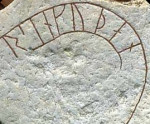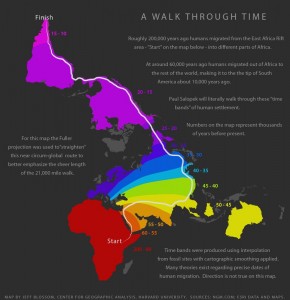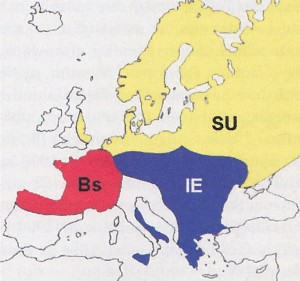The Italics were all the peoples who spoke an idiom belonging to the Italic branch of the Indo-European languages and had settled in the Italian peninsula.
As seen on the map, the Italic tribes and Italic languages were spoken on a very small area in the beginning. One of the languages, though, was Latin. The Roman conquests eventually spread it throughout the peninsula and beyond in the Roman Empire. The evolved dialects of Latin gave birth to the Romance languages; French, Spanish, Portuguese, Italian, etc. that are nowadays spoken allover the world.
Links:
- Italic tribes/languages on the map. To see the Italic populated areas, switch the map base layer to ‘political boundaries’ and zoom to the Italian peninsula.

 The most ancient Indo-European texts were written in Anatolian languages in the 18th century BC. This branch of the Indo-European family spread over the territory of modern Turkey and northern Syria.
The most ancient Indo-European texts were written in Anatolian languages in the 18th century BC. This branch of the Indo-European family spread over the territory of modern Turkey and northern Syria.


